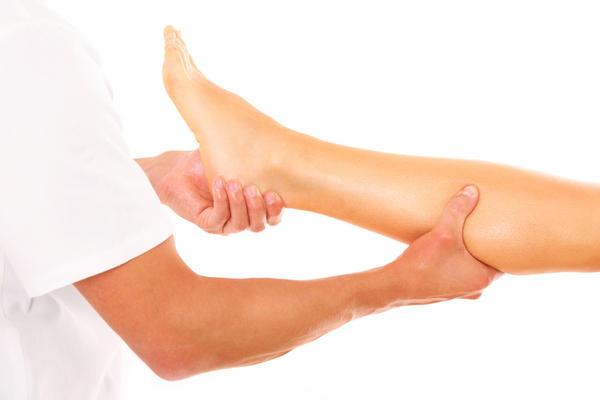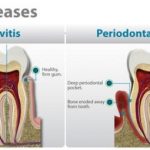In this article, we are going to discuss how to treat muscle spasms. A spasms or strain occurs when you twist, pull or tear your muscle more than its capacity. The strong elastic cord that connects your muscle to the bone gets pulled and your face muscle spasms. As you age your body becomes more sensitive to these muscle spasms. However, you risk a muscle spasm if you don’t warm up correctly before you exercise and stretch a muscle past its limit. Don’t ever train longer than what your body can really handle. Else, if you push a past muscle injury too far before the muscles actually heal, the injury will increase. As the affected area will become stiff, sore you may experience loss of mobility and muscle spasms. Also bruises or swelling will often develop around the injured muscle area.
Symptoms of Muscle Spasms
- Sudden pain in muscle area.
- Soreness
- Limited range of action in specific area.
- Bruising or discoloration.
- Swelling or redness.
- Stiffness
- Weakness
- Not warming up properly before physical activity.
- Poor elasticity
- Overexertion and fatigue.
Muscle Spasms can Happen When You:
- Slip or lose your footing.
- Jump
- Run
- Lift something heavy while in you’re in an awkward position.
How to Avoid Muscle Spasms:
Contents
- Try not to sit in one position for too long. Take regular breaks to move and change the position.
- Maintain good posture when standing and sitting.
- Lift objects carefully.
- Keep your back straight.
- Hold the weight close to your body. Don’t lift and turn at the same time.
- Take precautions to prevent falls such as holding handrails on stairways and avoiding slippery surfaces.
- Lose excess weight.
- Wear comfortable shoes that fits properly.
Remedies to Treat Muscle Spasms:
1.) Rest to Treat Muscle Spasms
Avoid using your affected muscle for a few days particularly if movement causes an increase in swelling and pain. Too much rest can cause muscles to become limited and weak which can increase the healing process. After two days, slowly move your affected muscle gently taking care not to overdo any kind of hard work. As rest is very much necessary to heal the pain quickly.
2.) Apply a Compression Bandage to Treat Muscle Spasms
Elastic bandages and cotton warps work well on most pulled muscle injuries as long as you wrap or cover your injury correctly. Never pull the bandage too tightly to constrict the blood circulation. Compression and elevation work in conjunction to help with muscle improvement by limiting the swelling and range of motion to promote healing.
3.) Epsom Salt to Treat Muscle Spasms
Pour two cups of Epsom salt into a lukewarm water bath tub. And soak the affected zone for a 15 to 20 minutes to treat muscle spasms. Epsom salt will help relax the larger affected area. Use one-quarter to one-half cup of Epsom salts in a small basin or bucket to soak ankle or wrist injuries in it to treat muscle spasms quickly.
4.) Ice to Treat Muscle Spasms
Ice cube pack helps the affected muscle to lessen the strain as quickly as possible. The pack helps to reduce swelling and soothe the pain. Ice applications can be administered in ice pack form or you can wrap ice cubes in a cotton towel and cover the area frequently throughout the day for no more than 15 to 20 minutes each time.
5.) Upgrade to Treat Muscle Spasms
Elevating a pulled muscle will help reduce inflammation and pain to the area. Just keep your injury or affected lower body part above your heart level by propping it up on a soft pillow or cushion. This will encourage the body to send a good amount of fluid to treat the pain away from the injured area.
6.) Massage the injured muscle to Treat Muscle Spasms
Massage is one of the best ways to release muscle stress. Massage can reduce stress and tension involved with the affected muscle injuries and can release tension and stiffness. Don’t press too hard into the injured or damaged muscle to prevent increasing pain. This will help you to treat muscle spasms.
7.) Stretches to Treat Muscle Spasms
Begin with light stretches when you can apply pressure to the affected muscle without pain to treat muscle spasms. If you’ve chosen to take over-the-counter anti-inflammatory medicines make sure the pills aren’t masking the pain. Start with regular light stretching exercises and then move on to strengthening activities before returning to a scaled down version of your regular exercise routine or sport.
8.) Exercise to Treat Muscle Spasms
Regular exercise can keep your muscles healthy and strong, but proper techniques are also crucial in preventing muscle spasms. Always stretch and warm up before engaging in any kind of physical activity. Similarly, take the adequate time to stretch after each workout or session of physical activity to prevent muscle stiffness and spasms. If you are new to exercising, start slowly and build up your activity a little at a time.











